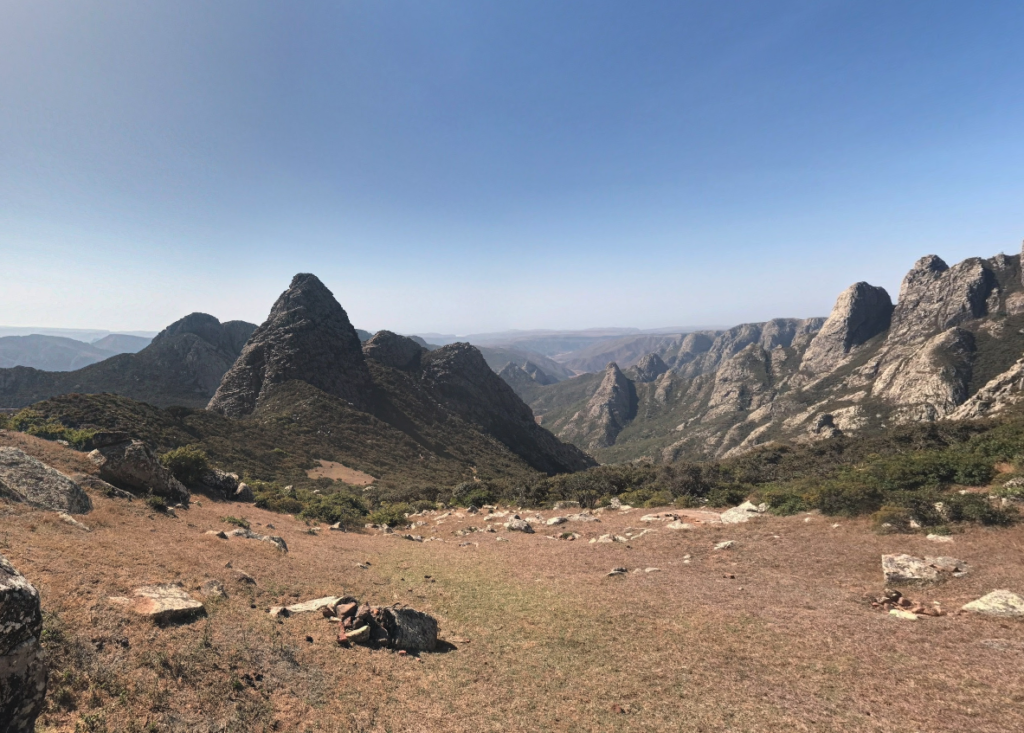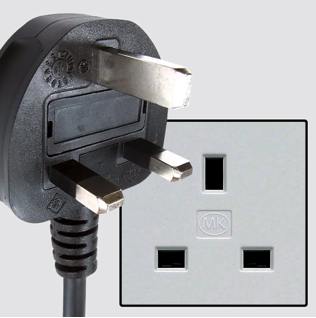Yemen / الجمهورية اليمنية – Let’s explore here
What’s it like in Yemen?
Yemen is a lovely country in western Asia, with a very long, rich and troubled history. Its a very hot and very dry country that’s dominated by the Rub’ al Khali desert. Although near to the Red Sea there are many marshes – perfect breeding grounds for Mosquitos – beware! The highest point is Jabal An-Nabi Shu’ayb in the west of the country, at 12,028 ft (3,666 m) above sea level.
The coastline is almost 1,200 miles (1,900 km) long, and a number of its islands in the Red Sea have active volcanoes on them. Its neighbours include Saudi Arabia and Oman.
The population of Yemen is around 34½ million people (2023), about 10% of whom live in the capital, Sana’a.

A bit about the history of Yemen
Ancient and Medieval History
Yemen has a rich history that dates back to ancient times. The region was home to several advanced civilisations, including the Sabaeans, known for their impressive engineering and the famous Queen of Sheba. Yemen was also part of the trade routes that connected the Mediterranean world with India and Africa, contributing to its cultural and economic prosperity. In the medieval period, Yemen was influenced by various empires, including the Islamic Caliphates, and became an important center of Islamic culture and learning.
Ottoman and British Influence
In the 16th century, the Ottoman Empire controlled parts of Yemen, though their rule was often contested by local tribes and rulers. By the 19th century, British colonial interests led to control over the southern part of the country, establishing a base in Aden. Yemen’s northern region remained part of the Ottoman Empire until World War I.
Formation of Modern Yemen
After the fall of the Ottoman Empire following World War I, the northern part of Yemen became the Kingdom of Yemen in 1918, while the southern region remained a British protectorate. In 1967, following years of nationalist uprisings, the British withdrew from Aden, and the People’s Democratic Republic of Yemen (South Yemen) was established.
Unification and Civil War
In 1990, North Yemen and South Yemen united to form the Republic of Yemen. However, tensions between the two regions, particularly over political power, led to a brief civil war in 1994. Despite this, Yemen remained unified under the leadership of President Ali Abdullah Saleh.
The Arab Spring and Ongoing Conflict
In 2011, inspired by the Arab Spring uprisings, protests broke out in Yemen, leading to the resignation of President Saleh after nearly 33 years in power. However, political instability continued, and in 2014, the Houthi movement, a Shiite rebel group from the north, seized the capital, Sana’a, and later declared themselves in control of the government. This led to a military intervention by a coalition led by Saudi Arabia in 2015, which sought to restore the internationally recognised government.
Humanitarian Crisis and Ongoing Conflict
The conflict in Yemen has led to a severe humanitarian crisis, with thousands of casualties, widespread displacement and a breakdown in essential services. Despite efforts by international organisations to broker peace, the war has continued, causing significant suffering for the civilian population. As of today, Yemen remains embroiled in one of the worst humanitarian crises in the world, with political fragmentation, a devastated economy, and ongoing conflict between rival factions.

Yemen road trip
On our Yemeni road trip we’ll be travelling from Saudi Arabia towards Sana’a, before moving on to Oman. Hopefully this will improve our knowledge of this intriguing and beautiful country, and enable us to meet some interesting people. We’ll be updating this page at that time – don’t forget to check back 🙂
Map of Yemen

What’s it like to drive in Yemen?
They drive on the right hand side of the road in Yemen. In the main, roads are quite poor, and there are many unsurfaced dirt tracks. Driving standards are also quite poor.
Do you require an international driving permit in Yemen?
We’ve created a dedicated page to driving abroad, which answers this question, and more, which you might find helpful.
Can you use your UK driving license when driving through Yemen?
We’ve created a dedicated page to driving abroad, which answers this question, and more, which you might find helpful.
Do I need a carnet de passages to drive in Yemen?
We’ve created a dedicated page to driving abroad, which answers this question, and more, which you might find helpful.
What currency do they use in Yemen?
In Yemen they use the Yemeni rial, or riyal. Cash is widely used. The use of credit / debit cards is not widely accepted outside of tourist areas in the the capital, Sana’a. Travellers cheques are not readily accepted. There are some ATMs in the Sana’a, although not elsewhere in the country.
You should make yourself aware of the amount that your bank charges you for using credit and debit cards abroad. Often credit cards are cheaper for purchasing items directly, and for withdrawing cash from ATMs.
What language do they speak in Yemen?
They speak Arabic in Yemen. English is also spoken by some, particularly in the South.
What time zone is Yemen in?
Remember, when you’re planning your next trip to take a look at what time zone it’s in.
Do I need a visa to visit Yemen?
We’ve created a dedicated, more comprehensive page on visas, which you should find helpful. Check it out!
Is wild camping legal in Yemen?
Yes, wild camping is fine in Yemen.
What plug / socket type do they use in Yemen?
In Yemen they use plug / socket types A, D and G.



Health issues in Yemen
Is it safe to drink water in Yemen?
No, it is not safe to drink tap water in Yemen. Bottled water is readily available throughout the country.
What vaccinations are required for Yemen?
This NHS website is kept up to date with all relevant information on vaccinations in Yemen.
Phones in Yemen
What is the country calling code for Yemen?
The country calling code for Yemen is +967
What are the emergency phone numbers in Yemen?
- The emergency number for police in Yemen is: 194
- In Yemen, the emergency number for ambulance is: 191
- The emergency number for fire in Yemen is: 191
If you’ve got some useful info that you’d like to share, let us know!
And don’t forget to check out all the other pictures!
